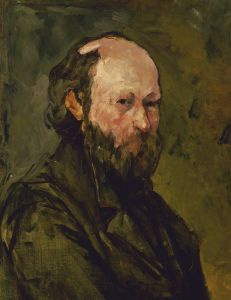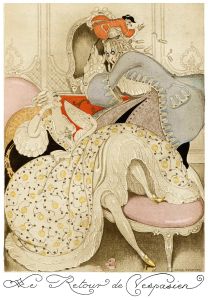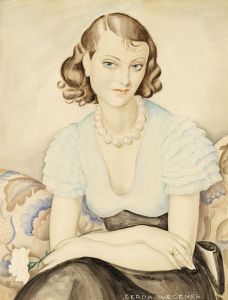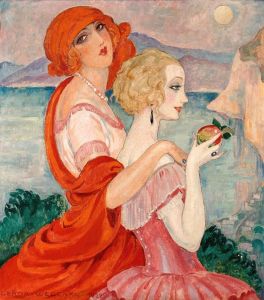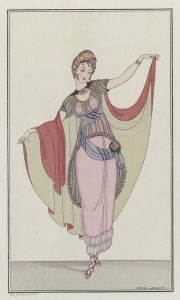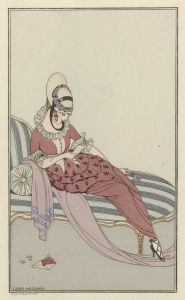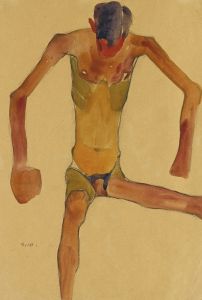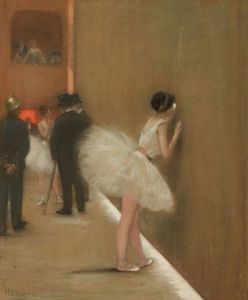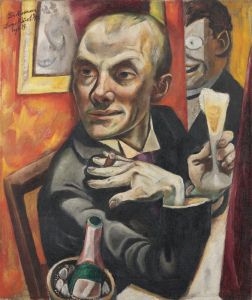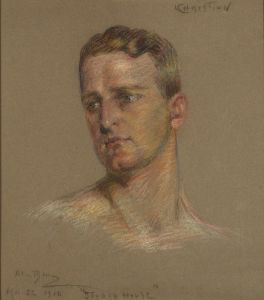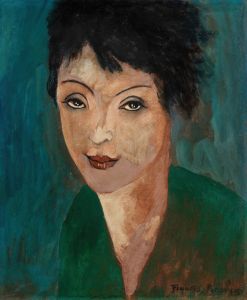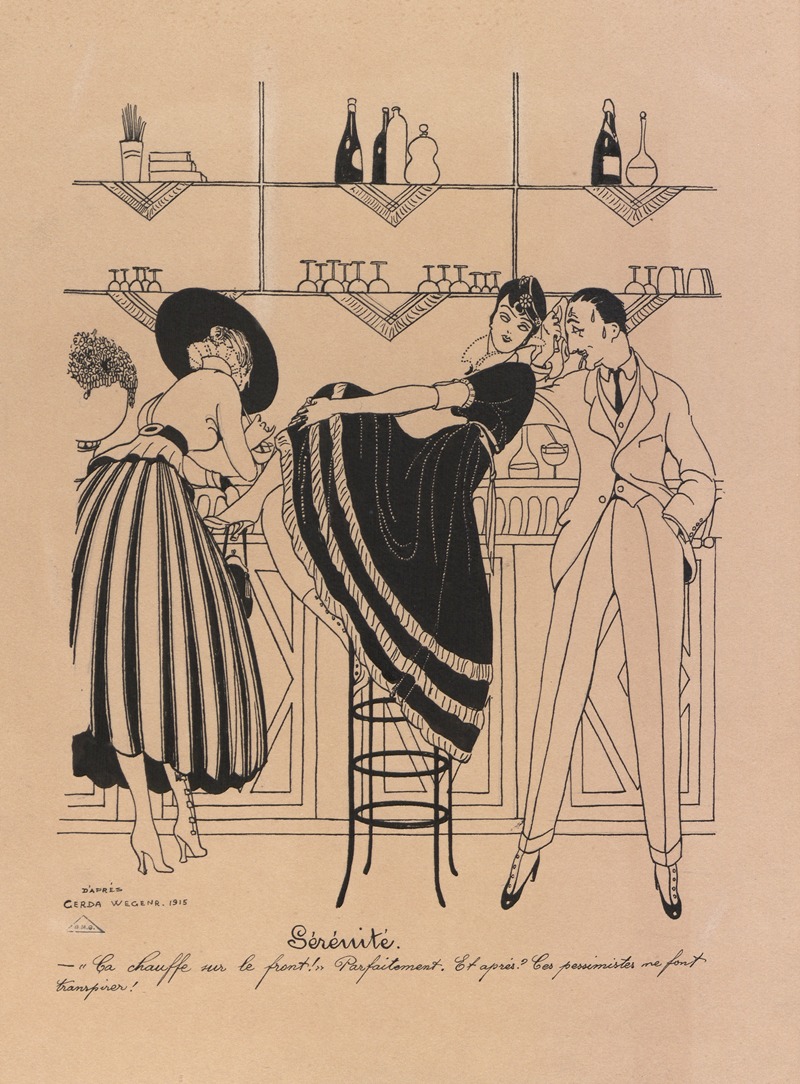
Sérénité
A hand-painted replica of Gerda Wegener’s masterpiece Sérénité, meticulously crafted by professional artists to capture the true essence of the original. Each piece is created with museum-quality canvas and rare mineral pigments, carefully painted by experienced artists with delicate brushstrokes and rich, layered colors to perfectly recreate the texture of the original artwork. Unlike machine-printed reproductions, this hand-painted version brings the painting to life, infused with the artist’s emotions and skill in every stroke. Whether for personal collection or home decoration, it instantly elevates the artistic atmosphere of any space.
Gerda Wegener was a Danish painter and illustrator, known for her art deco style and her vibrant, often provocative portraits. Born on March 15, 1886, in Hammelev, Denmark, Wegener became a prominent figure in the early 20th-century art scene. She is particularly noted for her depictions of fashionable women and her association with the LGBT community, as her spouse, Lili Elbe, was one of the first known recipients of gender confirmation surgery.
"Sérénité" is one of Wegener's works that exemplifies her unique artistic style. Although specific details about the painting "Sérénité" are scarce, Wegener's oeuvre is characterized by its bold use of color, elegant lines, and a blend of realism and fantasy. Her works often feature women in various states of repose or contemplation, capturing a sense of grace and tranquility, which is suggested by the title "Sérénité," meaning "serenity" in French.
Wegener's art was heavily influenced by the Art Nouveau and Art Deco movements, which were popular during her lifetime. These movements emphasized decorative arts, with Art Nouveau focusing on organic forms and flowing lines, while Art Deco was known for its geometric shapes and lavish ornamentation. Wegener skillfully combined these elements to create compositions that were both modern and timeless.
Throughout her career, Wegener's work was celebrated for its boldness and its embrace of themes that were considered avant-garde at the time. Her paintings often challenged traditional gender roles and explored themes of identity and transformation, likely influenced by her personal life and her relationship with Lili Elbe. This progressive approach to art and subject matter made Wegener a significant figure in the context of early 20th-century modernism.
Wegener's work gained considerable attention in Paris, where she moved with Elbe in 1912. The city, a hub for artists and intellectuals, provided a fertile ground for her creativity. She exhibited her work at the Salon d'Automne and the Salon des Indépendants, prestigious art exhibitions that showcased contemporary artists. Her art was well-received, and she became a sought-after illustrator for fashion magazines, including Vogue and La Vie Parisienne.
Despite her success in Paris, Wegener's work was not as widely recognized in her native Denmark during her lifetime. It wasn't until later years that her contributions to art and her role as a pioneering figure in the depiction of gender and identity were more fully appreciated.
Today, Gerda Wegener's paintings, including "Sérénité," are celebrated for their artistic merit and their historical significance. Her work continues to be studied and exhibited, offering insight into the cultural and social dynamics of her time. Wegener's legacy is that of an artist who not only captured the elegance and style of her era but also pushed the boundaries of art to explore deeper themes of identity and self-expression.






